
Filter News
Area of Research
- (-) National Security (17)
- Advanced Manufacturing (5)
- Biology and Environment (58)
- Biology and Soft Matter (1)
- Computational Engineering (2)
- Computer Science (7)
- Electricity and Smart Grid (3)
- Energy Frontier Research Centers (1)
- Energy Science (94)
- Functional Materials for Energy (1)
- Fusion and Fission (13)
- Fusion Energy (8)
- Isotope Development and Production (1)
- Isotopes (3)
- Materials (130)
- Materials Characterization (1)
- Materials for Computing (18)
- Materials Under Extremes (1)
- Mathematics (1)
- Neutron Science (37)
- Nuclear Science and Technology (15)
- Nuclear Systems Modeling, Simulation and Validation (1)
- Quantum information Science (2)
- Sensors and Controls (1)
- Supercomputing (64)
- Transportation Systems (1)
News Topics
- (-) Advanced Reactors (1)
- (-) Big Data (6)
- (-) Grid (6)
- (-) Materials Science (3)
- (-) Nanotechnology (1)
- (-) Physics (1)
- 3-D Printing/Advanced Manufacturing (2)
- Artificial Intelligence (12)
- Bioenergy (3)
- Biology (5)
- Biomedical (2)
- Biotechnology (1)
- Buildings (1)
- Chemical Sciences (2)
- Computer Science (19)
- Coronavirus (2)
- Cybersecurity (19)
- Energy Storage (2)
- Environment (5)
- Exascale Computing (1)
- Frontier (1)
- Fusion (1)
- High-Performance Computing (4)
- Machine Learning (12)
- Materials (2)
- National Security (35)
- Neutron Science (4)
- Nuclear Energy (5)
- Partnerships (5)
- Quantum Science (1)
- Security (11)
- Simulation (1)
- Summit (2)
- Transportation (2)
Media Contacts
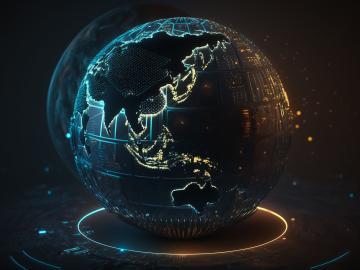
Digital twins are exactly what they sound like: virtual models of physical reality that continuously update to reflect changes in the real world.
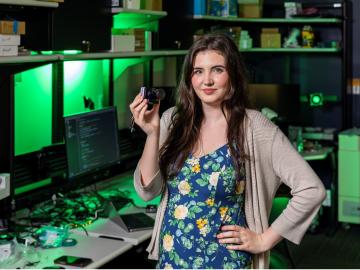
Tristen Mullins enjoys the hidden side of computers. As a signals processing engineer for ORNL, she tries to uncover information hidden in components used on the nation’s power grid — information that may be susceptible to cyberattacks.

A partnership of ORNL, the Tennessee Department of Economic and Community Development, the Community Reuse Organization of East Tennessee and TVA that aims to attract nuclear energy-related firms to Oak Ridge has been recognized with a state and local economic development award from the Federal Laboratory Consortium.
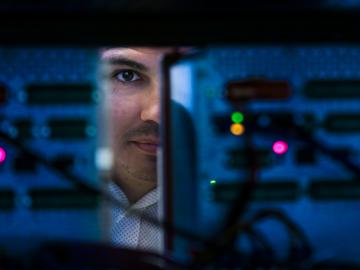
Although blockchain is best known for securing digital currency payments, researchers at the Department of Energy’s Oak Ridge National Laboratory are using it to track a different kind of exchange: It’s the first time blockchain has ever been used to validate communication among devices on the electric grid.
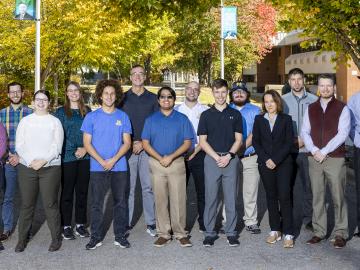
Nine student physicists and engineers from the #1-ranked Nuclear Engineering and Radiological Sciences Program at the University of Michigan, or UM, attended a scintillation detector workshop at Oak Ridge National Laboratory Oct. 10-13.
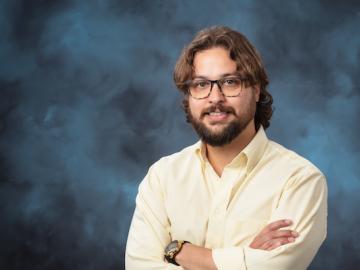
In human security research, Thomaz Carvalhaes says, there are typically two perspectives: technocentric and human centric. Rather than pick just one for his work, Carvalhaes uses data from both perspectives to understand how technology impacts the lives of people.
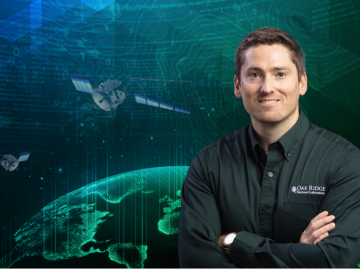
When Matt McCarthy saw an opportunity for a young career scientist to influence public policy, he eagerly raised his hand.
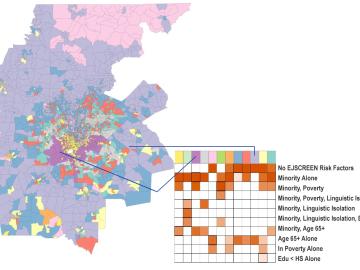
Scientists develop environmental justice lens to identify neighborhoods vulnerable to climate change
A new capability to identify urban neighborhoods, down to the block and building level, that are most vulnerable to climate change could help ensure that mitigation and resilience programs reach the people who need them the most.
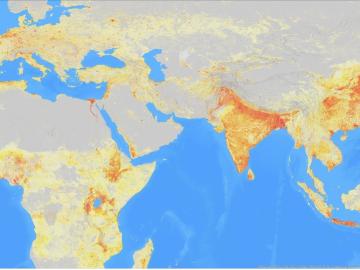
It’s a simple premise: To truly improve the health, safety, and security of human beings, you must first understand where those individuals are.

A team of researchers has developed a novel, machine learning–based technique to explore and identify relationships among medical concepts using electronic health record data across multiple healthcare providers.


